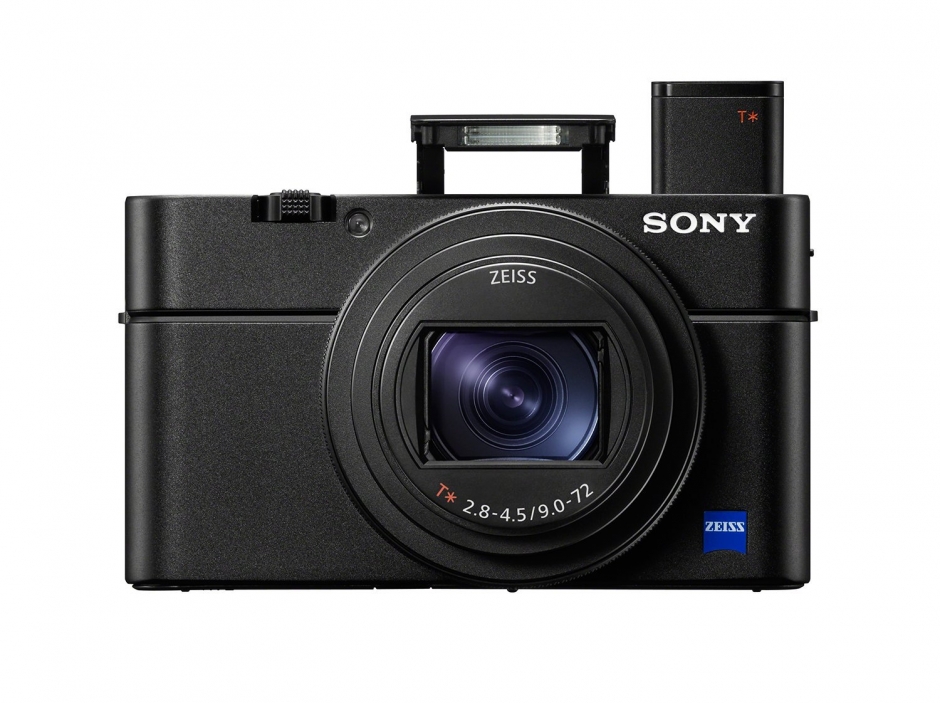On July 25, 2018 at 11AM EST, on channel 110, I'll be talking about these gadgets toward the end of the hour:
AcousticSheep SleepPhones Wireless Bluetooth Headphones ($149) Essentially, a pair of small speakers tucked into a headband, these are designed to provide minimum discomfort as you drift off to sleep. SleepPhones are available in several models, the one’s tested here use a magnetic charging station that makes powering them up relatively easy. As for comfort, how do you feel wearing a headband all night? My suggestion, if you think this type of product might help you get a good night’s sleep, perhaps without disturbing your partner (or isolating yourself from your partner’s snoring) give them a try; they offer a 30 day return. They aren’t the best sounding or most versatile or most rugged phones I’ve tried, and I do have some concern about strapping a radio to my head for eight hours a night, but if you need music to sleep and can’t play speakers, these might fit the bill.
Even H3 Headphones ($149) are a quality wireless Bluetooth headset that uses a companion app to match the sound output to compensate for your hearing ability. It gives you a hearing test when you set them up and compensates for loss you may have in particular frequencies. Featuring a claimed 20 hour battery life, they work with iOS and Android phones.
DJI Osmo Mobile 2 Gimbal ($129) To describe this as a motorized selfie stick is perhaps descriptive but insufficient. This amazing device lets you record smooth video even as you walk. If that was all it did it would be great, but the included software does so much more! Beyond panning, tilting, and smoothing, you can do timelapse and panoramas with the push of a button. Supporting smartphones up to 3.3” wide, it will be with me on all my summer travels, enhancing my cellphone’s videos and stills.
LoupeDeck+ Photo Editing Console ($229) If you edit your photos with Adobe Lightroom you may find that the Loupedeck+ might help you get more from your software. Many of Lightroom’s controls and sliders have been mapped to dials, buttons and knobs on the console. Although often touted to make life easier for pro-photographers, I think it will be of equal or greater value to those less familiar with the ins and outs of Lightroom. It brings all the most important controls front and center, and giving tactile feedback makes fine adjustments easier. Many of the controls can be customized within the supported programs, but that begs the question of what happens when you fire up an unsupported app. Further, the device is as large as many keyboards without fully replacing the need for one or a mouse. Accordingly, you’re going to need enough desk space to fit everything in. I’m working on a full review, but my initial thoughts are that for some users it will be a real boon, while others (particularly those who have used Lightroom for a long time) will find that their muscle memory makes using a mouse generally faster (if not more precise). The device also works with Skylum Aurora and has beta compatability with Capture One. I tested it on a Windows 10 computer, but it also works with Macs running OS X 10.12 or later.
Sony RX100vi ($1198) Sony's tiny camera looks like a point and shoot, but has a zoom that goes from 24 to 200 mm. Your cell phone can't do that! This is a near-perfect high-end travel camera, and the one you'll use to capture your kids concerts and dance recitals. Fast, hi-rez, and versatile it has features borrowed from the Sony A9, its flagship mirrorless camera. Some grouse that the new model doesn't have the same low light capabilities of the previous model, but the trade-off for much better zoom and focus capabilities makes this a more powerful camera for most in its intended audience.


